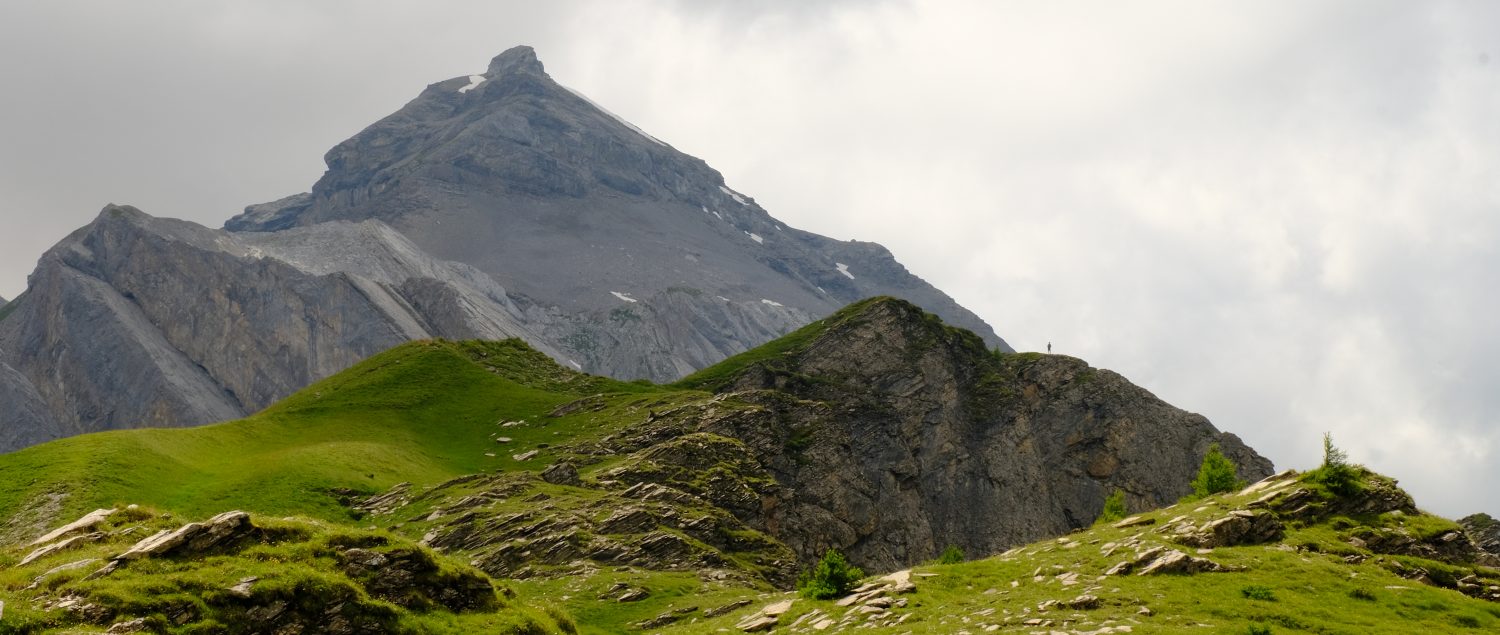“Red and yellow and pink and green, purple and orange and blue” so goes the Peggy Lee song about the rainbow (Pink? Really?). Let’s give the first four a go with Paulerspury and Pury End autumn colours!
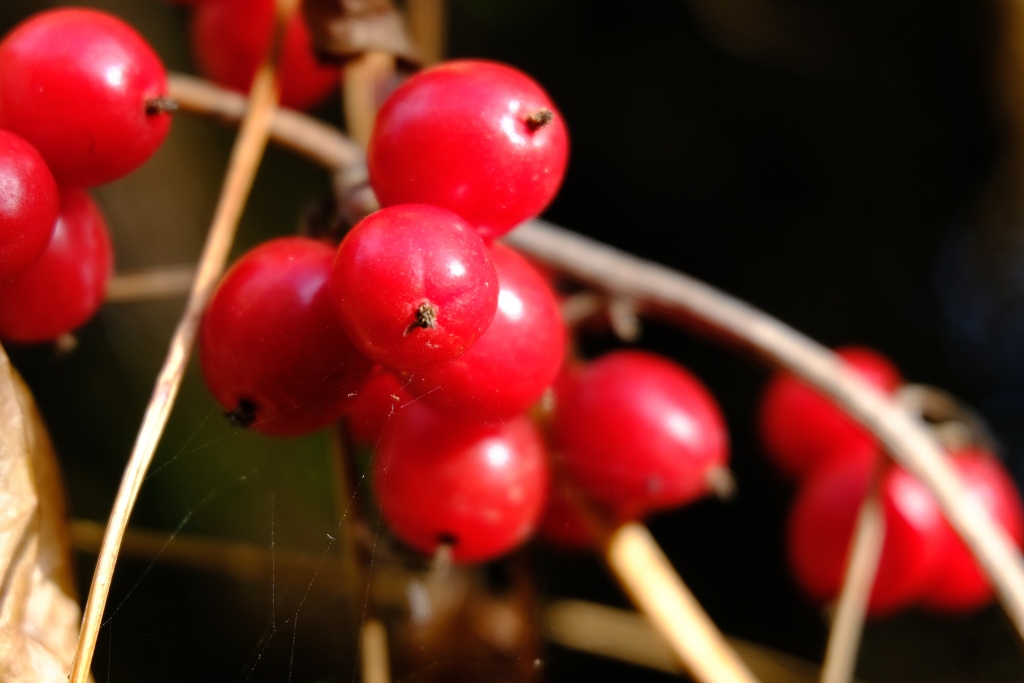
Photo credit: Sally Woodbridge
This year there are red berries everywhere dripping off the bushes and trees. Bunches of pulpy, applely tasting hawthorns, fragrant rosehips and zingy rowan berries (but watch out, just like elderberries too many uncooked rowan berries can upset your stomach). Red doesn’t always mean edible though! The glossy garlands of woody nightshade (above) are poisonous.
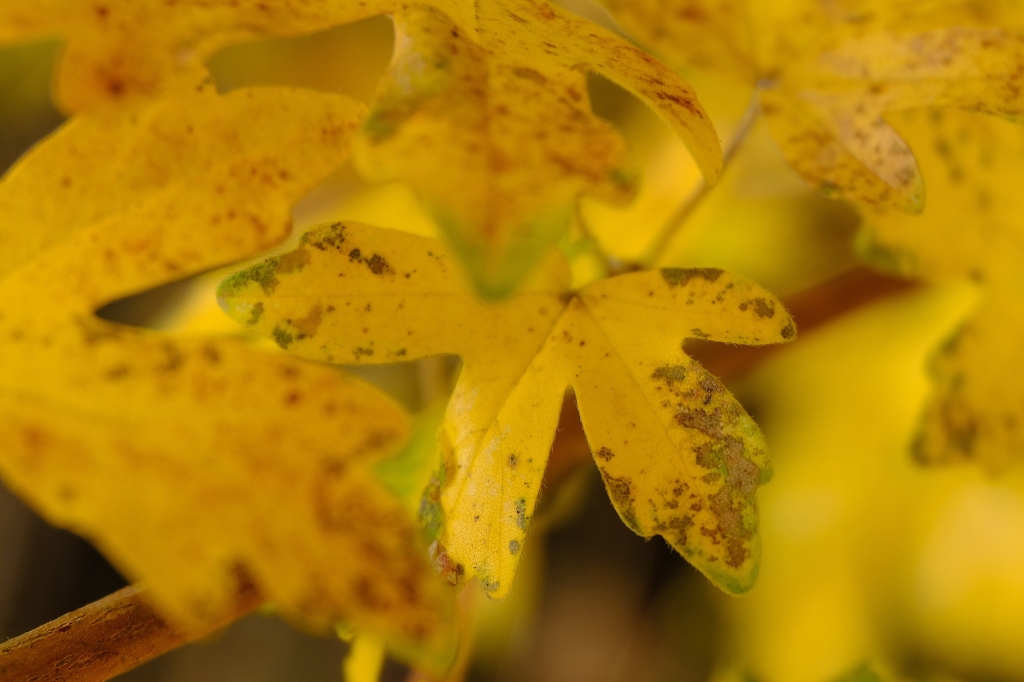
Photo credit: Sally Woodbridge
Our green summer hedgerows are now dotted with the cadmium yellow of Field Maples. What has happened? Trees no longer need the green chlorophyll filled leaves to generate sugars as the sunlight wanes. In a process known as abscission they loose their leaves after removing all the useful materials. The bright pigments, masked in the summer by the green chlorophyll, become visible. The yellow pigments are carotenoids. The reddish pigments, seen particularly in Maples and Rowans, are anthocyanins.
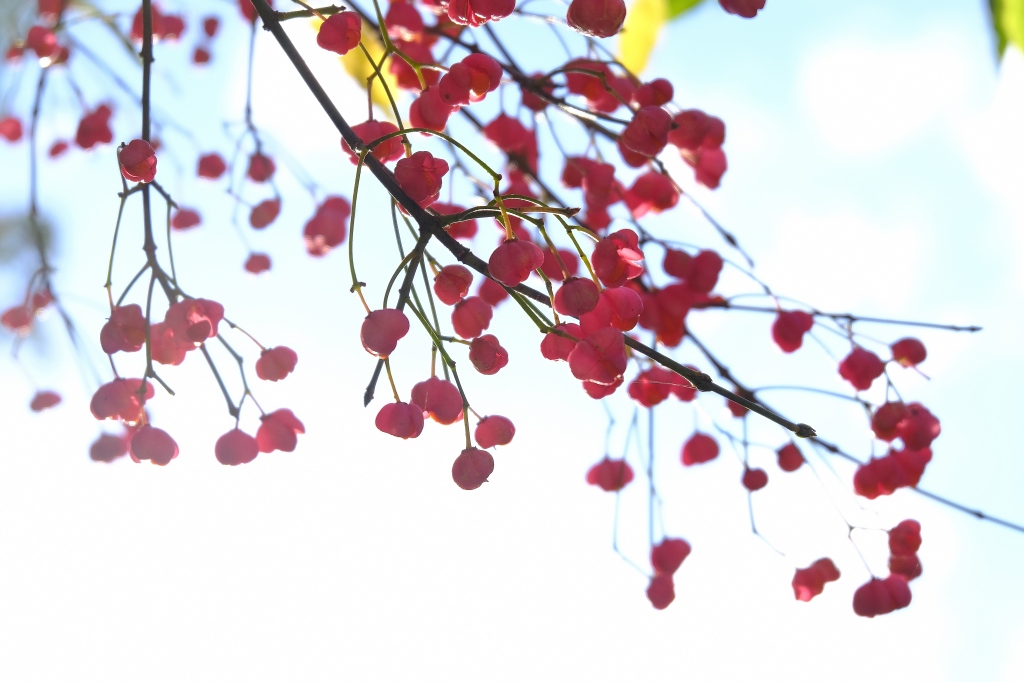
Photo Credit: Sally Woodbridge
The startling pink of the Spindle Tree fruits look almost like spring blossom. Look inside for the equally colourful tangerine hued seeds. It looks so exotic in the autumn it’s easy to forget it is a native British tree, and one of the species used to identify ancient woodland. Not one to eat though! Both the leaves and fruits are toxic to humans.
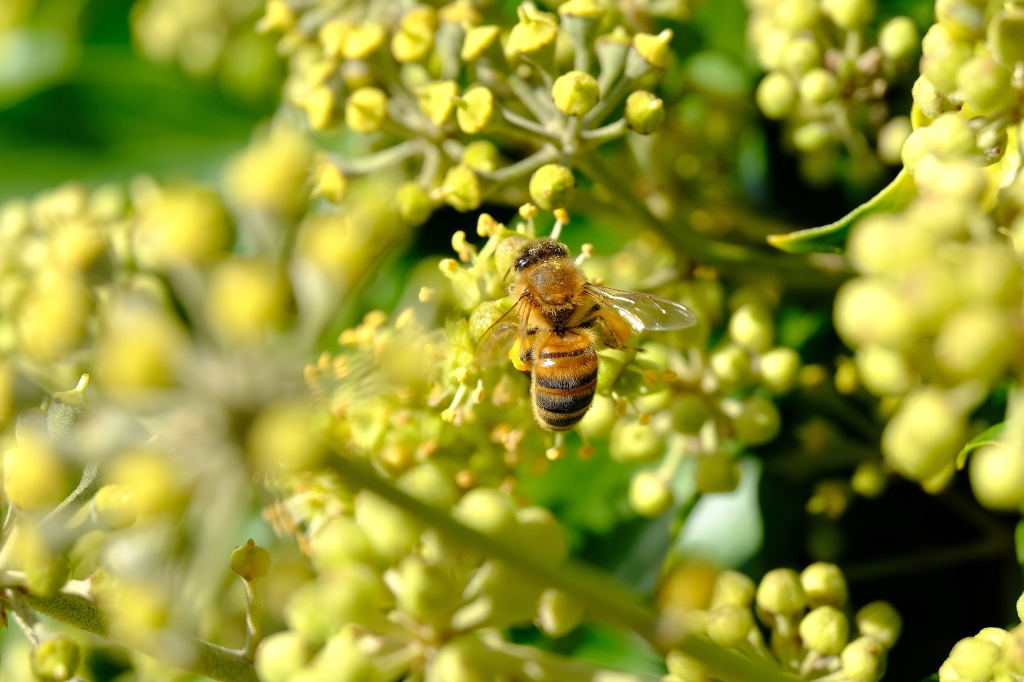
Photo Credit: Sally Woodbridge
Pause on your village stroll at the glossy green ivy that tumbles over the walls, Lower Street and Careys Road in Pury End have some lovely clumps. Listen to it! On a sunny day it is buzzing with insects. Ivy over 10 years old starts blooming in late August and its nectar feeds honeybees, hoverflies, wasps, flies and late flying butterflies like Red Admirals. It is one of the most important late flowering plants for British insects. Nearly 90% of pollen collected by honeybees in Autumn comes from ivy. And the Wood Pigeons are waiting in the wings for the delicious winter berries!
References
R. Fitter, A. Fitter and M. Blamey, Wild flowers of Britain and Northern Europe, 5th ed., Harpercollins Publishers, London, 1996.
BBC Autumnwatch 25/10/22 https://www.bbc.co.uk/programmes/m001djp9
BBC Autumnwatch 21 November 2014 Leaf Colour https://www.bbc.co.uk/programmes/p02cj9gx
Woodland Trust https://www.woodlandtrust.org.uk/
If you enjoyed this please enter your email address below to follow this blog and receive notifications of new posts by email.

